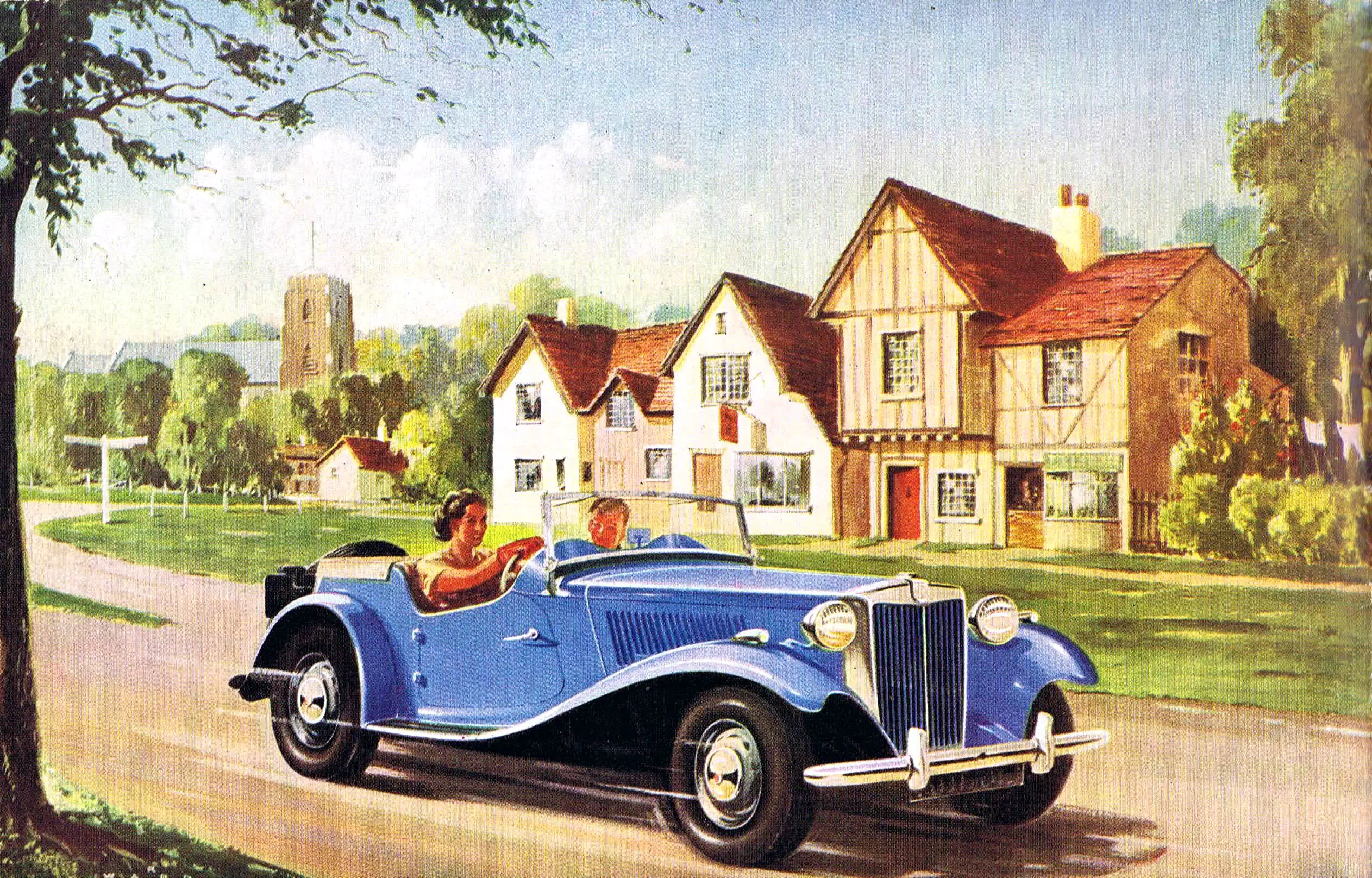The MG TD – A Celebration
08 June 2022
Seventy-two years ago, MG informed readers of The Motor that the TD “would win friends and influence people from Hollywood to Monte Carlo”. This was not far from the truth, as it became the sports car of choice of young actors, affluent Ivy League students, and dashing chaps who resembled Terry-Thomas on this side of the Atlantic. Another advertisement claimed the TD was “a ‘plus’ version of a worldwide success” – a formula that was ideal for Abingdon’s customer base.
The first ‘’T-Type’ Midget debuted in 1936, and 13 years later, the TD was essentially a response to MG’s North American customers; namely extra power, slightly more in the way of comfort and, crucially, LHD. Any revision of the existing TC would also have limited funding from the parent Nuffield Organisation, but the company’s management created the ideal product. The new model looked similar to its predecessor but was five inches wider and featured a chassis with electrically-welded boxed side members and tubular cross-members derived from the Y saloon, rack & pinion steering and front suspension via coil springs and wishbones.

The 1,250cc engine remained unaltered, but the gearbox was also from the Y, and, unlike the TC, the TD had bumpers front and wear. In addition, the standard wheels were 15-inch discs; many owners would complain about the lack of wire wheels as standard. The first cars left were built alongside the final TCs, and when Autocar tested an early model, they thought it was destined for even greater success in the USA. The Motor was similarly impressed, their report noting that the title’s staff were reluctant to return the TD to Abingdon.
The British price was £569 7s 6d, £32 10s more than the outgoing MG, and extras included a heater, two spare wheels, a radio and an external luggage rack to augment the very small boot. But, of course, the very idea of an MG sports car equipped with external door handles and winding windows was quite outrageous in 1950. However, the cabin did boast a seat with an adjustable backrest, a steering column adjustable for length, hide upholstery and a folding windscreen.
The top speed was around 77 mph, but many an enthusiast will tell you they seem a lot faster and the keen US motorist could always place an order for the ‘Mk. II’, with its more powerful engine. The value of 1951 MG sales in the USA exceeded $6,000,000, and in 1952, the Nuffield Organisation reserved TD production for the first three months of the year for North America. When the last of 29,664 examples left the factory in 1953, it had become the most popular of the ‘M-Types’, and this report from the famous US motoring journalist Tom McCahill might explain why:
With the few minor objections mentioned think the MG is the greatest sports car in the world for the money and size and the Mark 2 MG is the greatest of them all. It is comfortable and plenty roomy for two people and a dog as big as Joe, who likes to ride in something called the boot, especially with the top down. It has a lot of pep and pick-up and truly fantastic, glued-in-the-groove cornering.
And who could possibly demand more from an open two-seater?
